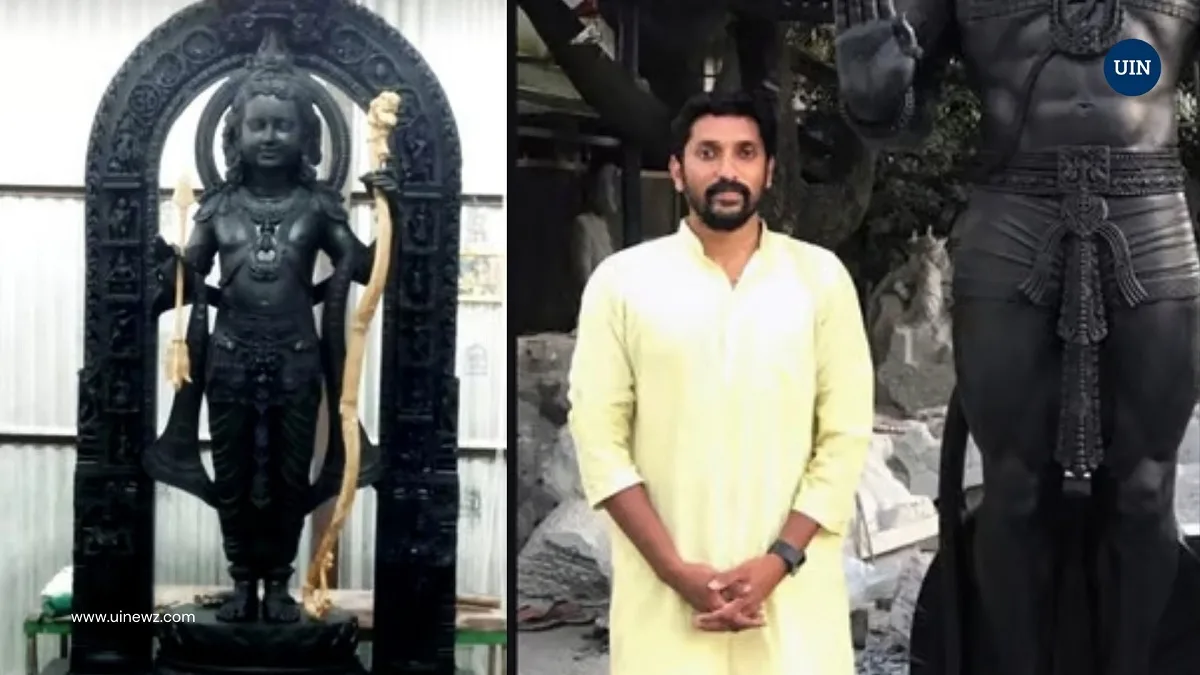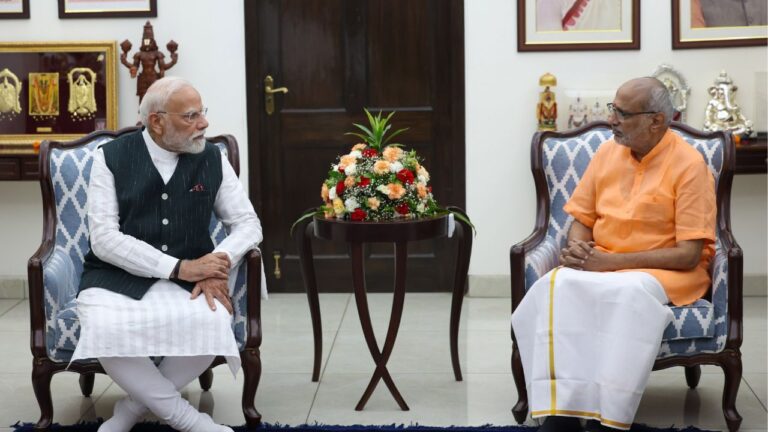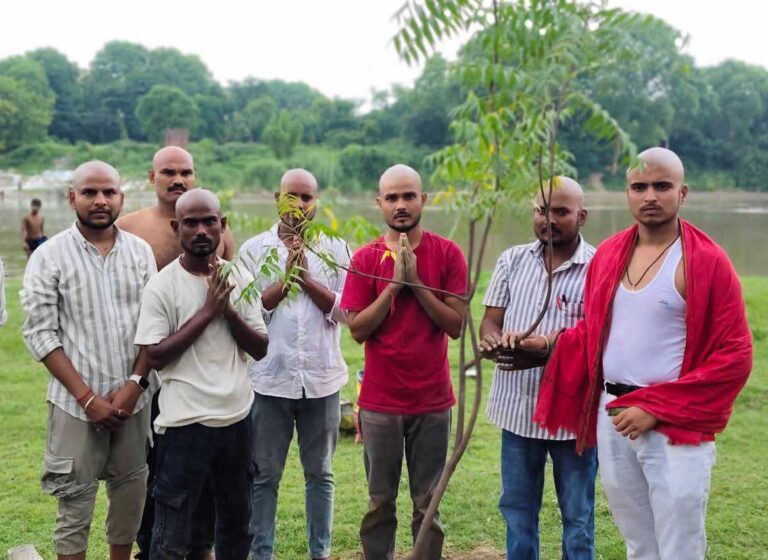
Arun Yogiraj: From MBA to Masterful Sculptor of Ram Lalla – Carving a Legacy in Stone
In the heart of Mysuru, where art and culture have been passed down for centuries, Arun Yogiraj, at 38 years old, represents the modern face of this tradition. His latest masterpiece is a 51-inch black stone statue of Ram Lalla, showcasing his talent and carrying forward a legacy of sculpting that spans five generations.
Born into a family with a sculpting legacy that spans five generations in Mysuru, his father, Yogiraj, and his grandfather, Basavanna Shilpi, were skilled sculptors patronized by the King of Mysore. Despite this rich heritage, Arun initially pursued an MBA, reflecting the changing aspirations of a new generation.
However, it became apparent that his true aptitude lay not in boardroom decisions but in the art of carving and sculpting. His early adolescence saw a strong inclination for the craft, and in 2008, he took the bold decision to leave behind his brief corporate life and fully immerse himself in sculpting. It was a decision that would define the trajectory of his career and establish him as a master craftsman.
The recent spotlight on Yogiraj comes from his exceptional creation – a 51-inch black stone statue of Ram Lalla. The statue, meticulously carved out of Krishna Shila from Bujjegoudanapura village in HD Kote in Mysuru district, stands as a testament to Yogiraj’s dedication. Chosen by the Shri Ram Janmabhoomi Teerth Kshetra Trust, this masterpiece is set to be consecrated on January 22, with Prime Minister Narendra Modi presiding over the ceremony.
For Yogiraj, the consecration of Ram Lalla symbolizes the culmination of a heritage that runs deep. His family’s legacy, initially nurtured by the King of Mysore, has been instrumental in shaping the cultural nerve center of Karnataka for generations. The intricate details of the Ram Lalla statue, carved from Krishna Shila, hold the essence of Yogiraj’s vision – a smiling, benevolent, courageous five-year-old holding the golden bow and arrow.
Yogiraj’s artistic prowess extends beyond the Ram Lalla statue. Noteworthy works include a 28-feet statue of Subhash Chandra Bose in monolithic black granite, installed behind the India Gate in September 2022. This particular creation garnered appreciation from Prime Minister Modi, a recognition that ultimately led the Ram Temple Trust to approach Yogiraj for the monumental task of carving the Ram Lalla idol.
His diverse portfolio boasts a 12-feet tall statue of Adi Shankaracharya in Kedarnath, a 21-feet Hanuman statue at Chunchanakatte in Mysuru district, a 15-feet Dr. BR Ambedkar statue, and a white amritashila statue of Swami Ramakrishna Paramahamsa in Mysuru. Additionally, he crafted a 14.5-feet white amritashila statue of the then king of Mysore, Jayachamarajendra Wodeyar.
Sculpting the Ram Lalla idol was not without its challenges. According to Yogiraj’s mother, her son underwent a six-month-long vanavasa (exile), away from home, to carve the idol that would now be recognized for time immemorial. The dedication to his craft reached new heights when he suffered an eye injury during the carving process, requiring an eye operation to overcome. Today, the culmination of these efforts is evident in the installation of the idol at the temple.
Despite the growing fame and recognition, Yogiraj remains grounded. In his own words, “If people like the idol and are happy, it would be my biggest reward.” It is this humility that defines Yogiraj’s approach to his craft – a commitment to creating art that resonates with the people.
In conclusion, Arun Yogiraj’s journey from an MBA graduate to a masterful sculptor is a story of passion, dedication, and the seamless integration of tradition into contemporary artistic expression. His legacy, deeply rooted in the cultural heritage of Mysuru, endures through the artistry of Ram Lalla and a body of work that spans iconic figures and deities.






